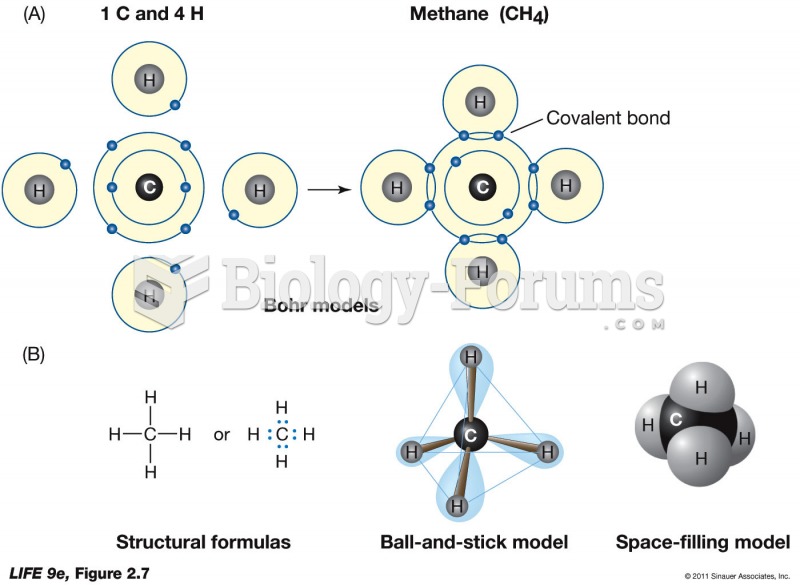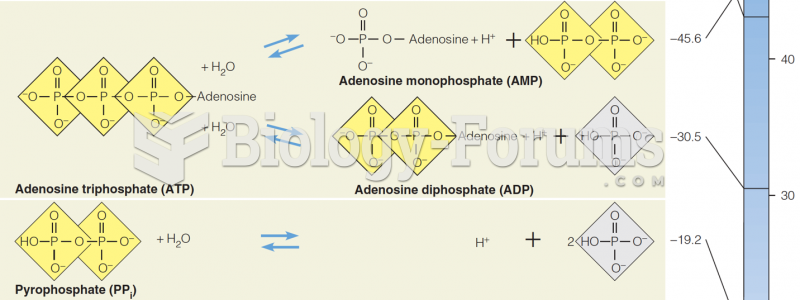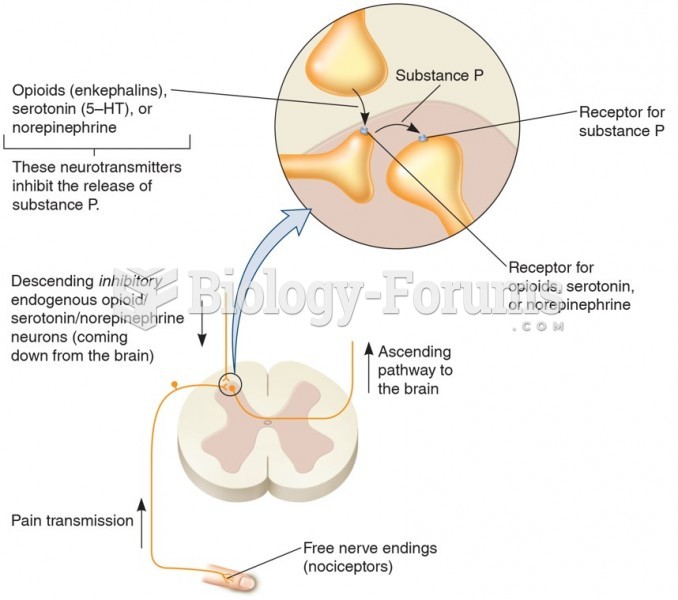|
|
|
Did you know?
Ether was used widely for surgeries but became less popular because of its flammability and its tendency to cause vomiting. In England, it was quickly replaced by chloroform, but this agent caused many deaths and lost popularity.
Did you know?
Many of the drugs used by neuroscientists are derived from toxic plants and venomous animals (such as snakes, spiders, snails, and puffer fish).
Did you know?
In 1844, Charles Goodyear obtained the first patent for a rubber condom.
Did you know?
If you could remove all of your skin, it would weigh up to 5 pounds.
Did you know?
Approximately 25% of all reported medication errors result from some kind of name confusion.







